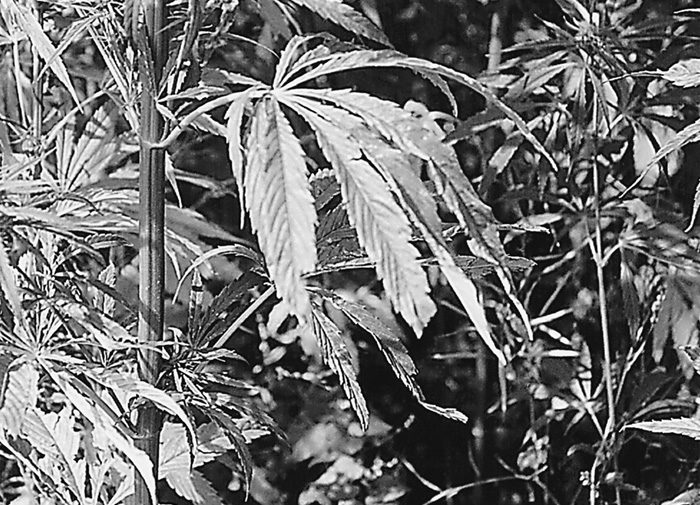No-Till Farmer
Get full access NOW to the most comprehensive, powerful and easy-to-use online resource for no-tillage practices. Just one good idea will pay for your subscription hundreds of times over.

You can make rope out of it. Not to mention clothing. And diapers, cookies and lubricants. There’s even talk of a new “super metal” that’s stronger than titanium and lighter than aluminum. In fact, it seems there’s not much you can’t make out of it.
Even with all of these advanced and wonderful possibilities, the mention of hemp stirs emotions in just about everyone, from the lobbyists in Washington D.C. to the farmers in Kentucky. But the question still remains: is there a future for American grown hemp? Can it be no-tilled? And can it be legalized in the U.S.?
Finishing up their second season of legally growing the controversial crop, these Canadian growers frankly discuss the benefits, their concerns and feelings for the future of the “crop of the millennium.”
No-tilling 3,000 acres in Oak River, Manitoba, for 4 years, Gary Stewart has had his share of concerns. Surprisingly, he had few negative things to say about his experiences in no-tilling hemp for the past 2 years.
“We decided to grow hemp because it’s a diversification option and a good paying crop,” he says. “There are many potential opportunities for marketing.”
Tremendous Competitor. Currently, the Manitoba recommendation for seeding hemp is to seed as soon as possible after the spring frost-free date.
“By that time, a burnoff herbicide is very effective,” Stewart explains. “The nature of hemp is a tremendous competitor. You can almost watch it grow. It gets to be 8 feet tall pretty quick.”
While…